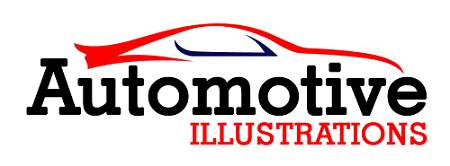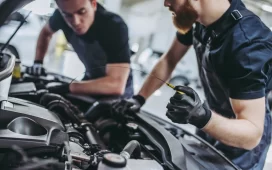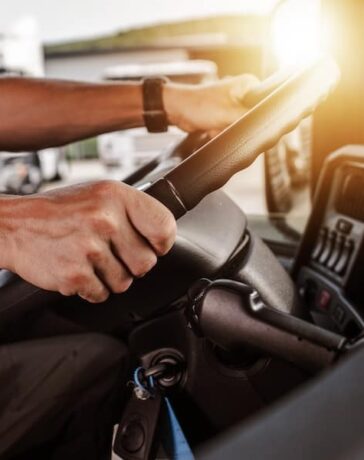When it comes to shipping your vehicle, one of the first decisions you’ll need to make is whether to choose open carrier auto transport or enclosed auto transport. Both methods offer unique advantages, and the best choice depends on factors such as your budget, vehicle type, time of year, and personal preferences.
If you’re unfamiliar with these options, don’t worry — this guide will break down everything you need to know. By understanding the differences, benefits, and use cases of each type of transport, you’ll be better equipped to make the right decision for your vehicle and your peace of mind.
What Is Open Carrier Auto Transport?
Open carrier auto transport is the most common and widely used method of vehicle shipping. With this service, your car is transported on an open trailer, typically alongside 7 to 9 other vehicles. These trailers are the same ones you’ve likely seen on highways — with multiple cars stacked in two rows, fully visible and exposed to the elements.
Advantages of Open Carrier Transport:
- Cost-Effective: Open transport is generally more affordable than enclosed shipping, making it the go-to option for most people shipping standard vehicles.
- Wider Availability: With more open carriers on the road, it’s easier to book a pickup and get faster delivery dates.
- Safe and Efficient: Despite being exposed to the elements, this method is highly reliable. Vehicles are securely fastened and rarely sustain damage in transit.
Ideal For:
- Daily drivers and family vehicles
- Used cars and standard sedans
- Budget-conscious customers
- Short- to mid-range shipping distances
If you’re looking for a practical, efficient, and economical option to ship your vehicle, open carrier auto transport is a strong choice. It’s trusted by dealerships and individual car owners alike for its affordability and simplicity.
What Is Enclosed Auto Transport?
On the other hand, enclosed auto transport provides a higher level of protection by transporting your vehicle inside a fully enclosed trailer. These trailers shield your car from rain, snow, dust, debris, and even prying eyes, ensuring that it arrives in pristine condition.
Because enclosed carriers typically transport fewer vehicles (usually 1–5), your car gets more individual attention and handling care during loading, transport, and delivery.
Advantages of Enclosed Transport:
- Maximum Protection: Your car is protected from weather, road hazards, and other external factors throughout the entire journey.
- White-Glove Handling: Many enclosed carriers offer enhanced care, including hydraulic lift gates, soft straps, and personalized service.
- Privacy: High-end and collectible cars are less visible to the public during transport, reducing risk of theft or vandalism.
Ideal For:
- Classic, antique, and vintage cars
- Luxury and exotic vehicles (e.g., Lamborghinis, Ferraris)
- High-value sports cars and custom builds
- Owners who prioritize protection over cost
If your vehicle is a prized possession or significant investment, enclosed auto transport offers peace of mind and unmatched protection during cross-country or long-distance moves.
How to Choose the Right Option
Choosing between open and enclosed auto transport ultimately comes down to your priorities and the value of your vehicle.
Ask yourself:
- Is my vehicle especially valuable or irreplaceable?
- Do I want to avoid any risk of cosmetic damage from weather or debris?
- Am I on a tight budget or timeline?
If you’re shipping a family sedan, commuter vehicle, or a used car, open transport is a safe and sensible option. However, if your vehicle has significant financial or sentimental value, the added protection of enclosed shipping may be worth the investment.
Additionally, consider the season. Winter snowstorms or summer hail can add risk to open transport. If you’re shipping during months with extreme weather, enclosed transport may offer a safer alternative.
Preparation Tips for Both Methods
Regardless of which option you choose, it’s essential to prepare your car properly:
- Clean Your Vehicle: This helps you spot any existing dings or scratches before shipping.
- Document Condition: Take clear, dated photos of your vehicle from all angles.
- Remove Personal Items: Auto transport companies generally don’t allow loose items inside the vehicle.
- Disable Alarms: Prevent disruptions during transit.
- Check for Leaks: Ensure your car is in good operating condition and has a quarter tank of fuel.
By taking these simple steps, you can ensure a smoother transport experience no matter which method you select.
Conclusion
When it comes to shipping your vehicle, both open carrier auto transport and enclosed auto transport have their merits. The key is understanding your specific needs and matching them with the right level of protection, cost, and convenience.
Whether you’re moving cross-country, buying a classic car from out of state, or sending your dream ride to a collector’s show, choosing the right transport method will ensure your vehicle arrives safely and stress-free. Take the time to compare your options, work with a reputable shipping provider, and enjoy the peace of mind that comes from knowing your car is in good hands.














